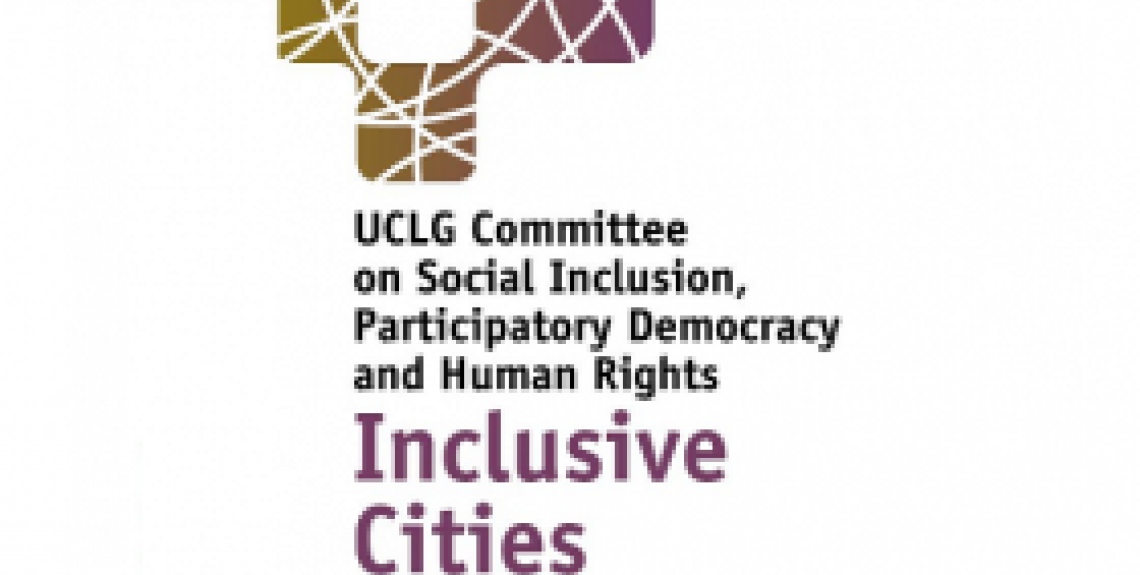One City’s Efforts to Build Capacities for Local Cultural Policy Transformation
Çanakkale 2010 was a year-long arts, culture, and community dialogue project organized by a civil society collective working in partnership with local government. Originating out of a three-year project, ‘Invisible Cities: Building Capacities for Local Cultural Policy Transformation in Turkey’, Çanakkale 2010 aimed to increase visibility for all civil art and culture production; strengthen cooperation among active civil society agents in coordinating and programming activities; increase participation of residents and organisations in activities; and, above all, further local cultural policy development through shared support and ownership of the initiative by the Municipality and civil initiatives of Çanakkale.
The programme was based on 12 themes/issues suggested by city residents during workshops and meetings that were related to Çanakkale and cultural policy. An open call for projects was developed. Eligible projects would contribute to the artistic and cultural life of Çanakkale, prioritize public participation and include methods of participation for Çanakkale residents, and give priority to the participation of women, children, disabled persons, and youth. The Çanakkale 2010 logo on a project certified that it was participatory, collective, respects universal values, was sustainable, and was open to cooperation.
The organizing team was highly sensitive to the need to build wide and inclusive participatory practices throughout the entire process and design of the programme. The initiative privileged public access to activities, diverse communication outlets, and expanded public participation through decentralized public venues. The management of the initiative featured a high level of participation in decision-making and organizing processes, and encouraged organizations to collaborate with one another to co-develop activities.
Beneficiaries: The target audience was all city residents. The inclusion of vulnerable groups – children, women, Roma people – was an underlining principle. These groups were recognised throughout Çanakkale 2010, and special occasions were created to facilitate their participation. Special attention was paid to the inclusion of youth.
Key organizations involved were: Anadolu Kültür, the Municipality of Çanakkale, the City Museum of Çanakkale, the Çanakkale 18 Mart University. Most NGOs in the city contributed to the programme’s development either as volunteers or with project proposals. Çanakkale 2010 received support from the Matra fund of the Ministry of Foreign Affairs of the Netherlands, the European Cultural Foundation, and Çanakkale Municipality. Team members worked on a volunteer basis. The Çanakkale Governorship and Çanakkale 18 March University provided in-kind contributions such as the provision of exhibition and meeting places.
From an organizational perspective, challenges included the small size of the core group (7 people), who were responsible for overall activities as well as their specific roles; and the lack of a budget for new productions, which limited what activities could be developed. Further, a lack of accumulated knowledge, especially on issues of culture, made it difficult to establish conceptual and insightful public debates.
Çanakkale 2010 triggered existing civil activists and projects to unite and to organize a new structure to direct, design, and implement the cooperative initiative. It helped build and promote a year-long offer of cultural activities and highlight the cultural demand in the city. In part as a result of this project, the Municipality of Çanakkale and (some) Çanakkale citizens have more fully acknowledged the importance of culture to city development. The Municipality created a stand-alone Culture division (previously, municipal cultural activities were administered within the Public Relations and Social Services division). The initiative furthered the City’s strategic goals in the area of culture, and became a platform for future actions related to institutionalizing culture within the City structure, building a policy-oriented/driven model for City actions in the cultural field, and advancing public understanding of culture’s role in city development.


